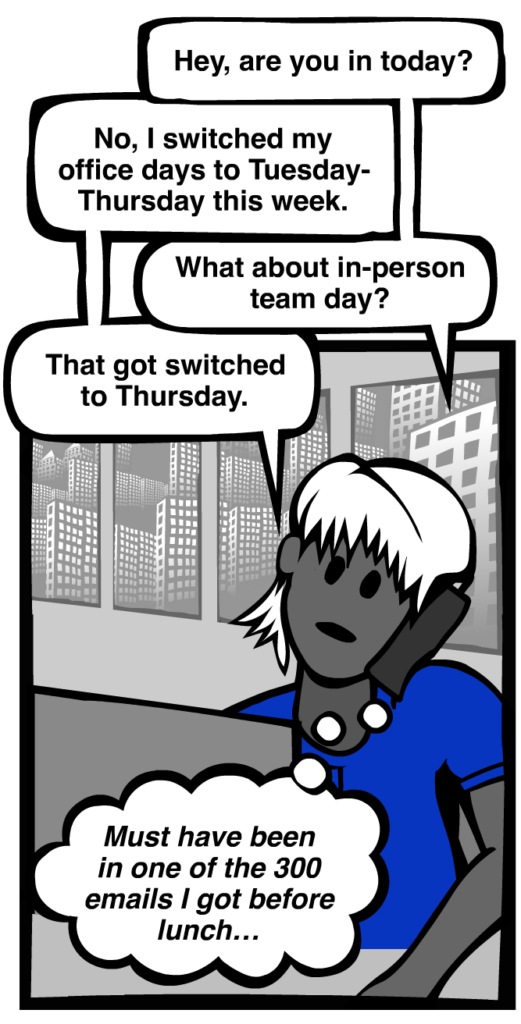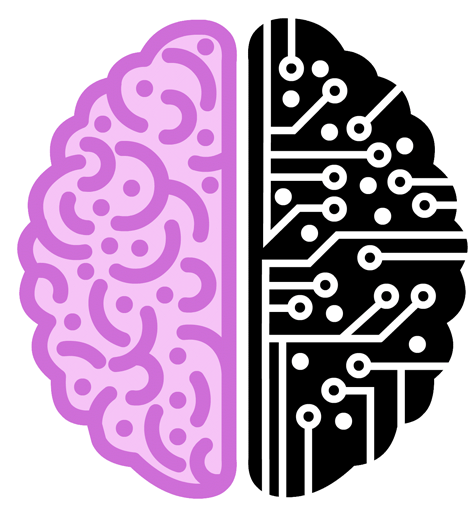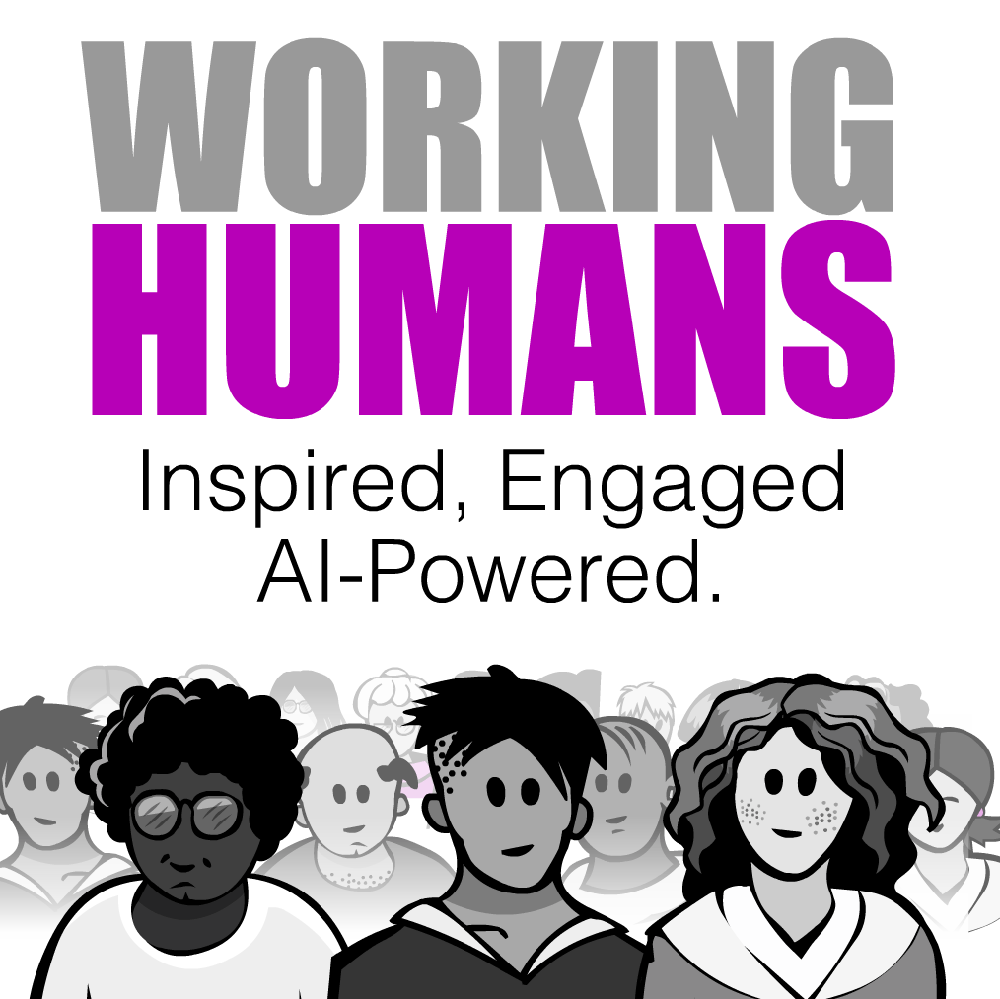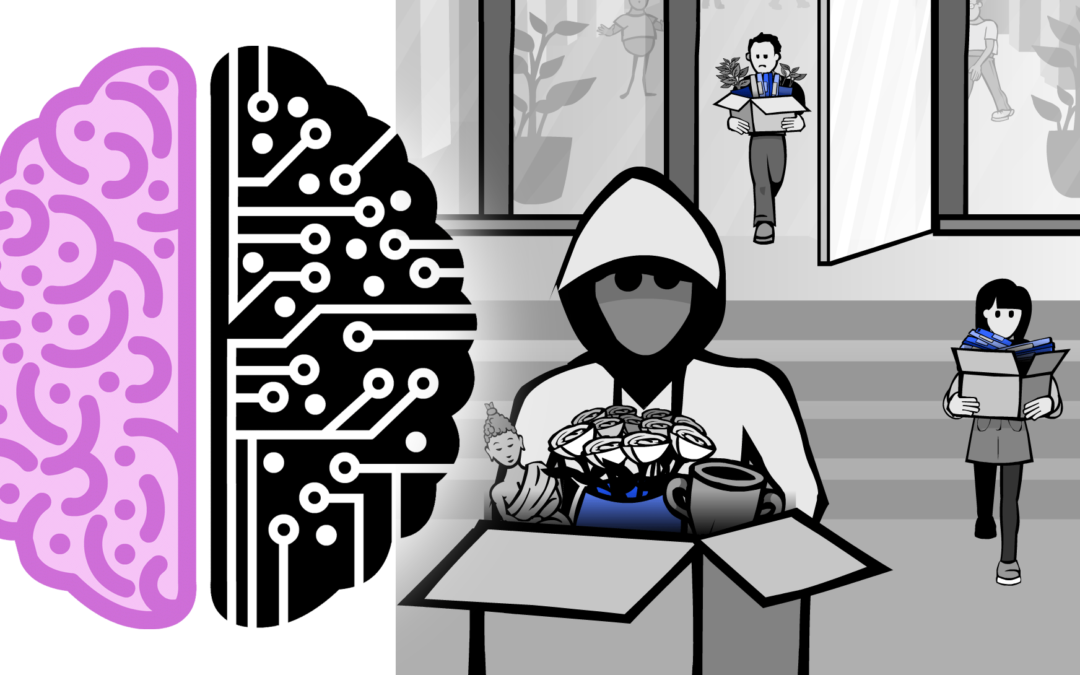AI-Powered Leadership
Fiona Passantino, early February 2024
AI is changing the talent acquisition landscape; some 63% of European companies and 99% of US Fortune 500 companies use AI to recruit. On the other side of the talent divide, 75% of applicants use AI to help them land a job. What are the consequences? Ghost applicants, vacancy-flooding and interview no-shows. The job of talent acquisition has suddenly become much more difficult. What’s the way forward? Simple; invest in retention. Five ways to leverage AI to keep people from leaving in the first place.
AI Ghost Applicants

If you’re an HR recruiter, whether in-house or external, you might be surprised by a visible uptick in the number of applicants you receive for any given listing. The talent crisis is over! But you soon discover that they are not responding to your emails or links inviting them to take intelligence tests or accept screening calls. Even more bizarre, you are being ghosted for the interview itself.
This is because many of those applicants aren’t actually Human. They are often automated job-applying bots, sending out convincing cover letters, filling in all your forms, packaging the candidate so that they fit neatly into your Goldilocks zone of perfection. This is a natural response to the widespread use of AI and part of the acquisition landscape for years. According to a Harvard business school study, nearly all (99%) of US-based Fortune 500 companies and some 63% of companies across Germany, the US and UK use AI tools for acquisition [i].
With every candidate filtration system, there will be efforts made to game it. JobsScans, Applyish or Careerflow are a few examples of AI tools helping applicants get past AI recruitment screeners, while others use tricks like “white fonting” – the practice of copying and pasting the job description into their resume in small font, white color or meta tag which hides it from the Human eye but hacks the AI filter; tags containing all the keywords listed in the job application; a 1:1 match that is candy for the AI seeker bots[ii].
Why might talent resort to these underhanded hacks? Simple; because they work. Candidates who use AI to craft their applications receive a 78% positive response from hiring managers, while those attempting to apply the “old fashioned” way, manually writing hundreds of job applications, likely go months without a single response[iii]. We use AI because everyone else is.
AI tools write the majority of motivation letters and resumes today, whether they are detected or not. About 75% of college graduates use AI to apply for jobs while nearly 40% or recruiters say applicants’ use of AI to land a job is a “deal-breaker”[iv].
If they know about it, that is.
This strange “don’t ask, don’t tell” dance between talent and recruiters in a fraught, shifting job market has led to a silent, pervasive arms race that’s already creating a new HR nightmare: resume-flooding. LazyApply’s AI portal for job seekers can submit an unlimited number of applications per day with the premium package, with upwards of 10,000 daily outgoing queries[v].
Traditionally, companies have invested substantially in acquisition: external recruiters, signing bonuses and agencies. Acquisition is sexy and simple. You have a certain number of empty seats and the recruiter goes out and fills them. It’s the “hunter-gatherer” instinct that speaks to all of us; it’s satisfying and measurable.
Whatever side of the talent divide you find yourself, the AI-disrupted job market is a joyless place to be. The seeker is degraded from person to algorithm, forced to game the system just to get noticed, and the acquirer is overwhelmed, gaslit and forced to use AI just to reduce the mountain of resumes to a reasonable pile. Neither party is served by the process.

Acquisition > Retention
Smart leaders, however, ask a different question: “Why are those seats empty in the first place?” And diverting resources from acquisition to retention on a massive scale.
Rather than accept the high levels of outgoing and incoming churn as a “fact of nature”, locked in a constant cycle of seat-filling, they focus on keeping people from quitting. The net result is the same: bottoms on seats. And more; those who stay have higher levels of engagement.
Using AI, the clever leader is focused on keeping and growing the talent she already has.

The Talent Retention Officer
Enter the Talent Retention Officer, the next HR superstar. This person is there to analyze and describe the current state of the employee experience, paint the full picture of why people leave, asking the hard questions, reporting some hard truths to power and developing leadership road maps for follow-through.
Some 66% of employees quit if they feel their hard work goes unrecognized. Employees who are burned out, having difficulty with a challenging boss, experiencing re-orgs on an annual basis and have their workloads increased are all at risk for leaving their jobs. As engagement goes down, so does productivity; time is invested in CV-polishing and calls to head hunters.
There are so many cost savings to talent retention. Acquisition means seeking, interviewing, administering, onboarding, enculturating, disrupting the team, absorbing productivity dips and making payouts. It’s a money sinkhole that stretches across business units and up and down the chain. A typical boomerang joiner returning to the organization after 5-8 years, will cost about half as much as a fresh hire to bring in and get up to speed.
Five Ways AI Can Help
1. Flagging Flight Risk
In the same way that you can forecast sales and potential customer turnover, certain red flags in employee behavior signal readiness to quit. Disengaged employees come to the office less often. They call in sick more often, take more free time, both openly and silently, come in late or leave early with greater frequency. They don’t appear at after-work social events, take on fewer high-visibility projects, are quieter during meetings and accept fewer volunteer roles such as mentoring or becoming an onboarding buddy.

AI-powered algorithms can process behavior patterns data from various sources, providing a good overview of employee sentiment and turnover risk. Imagine an AI HR model that was able to identify a particular employee showing 8 of the 10 signs of pre-flight. This passes a signal to her HRBP and her manager who can schedule in a few extra meetings, spend a little longer in the 1:1’s to try to get to the bottom of things. Being a Human, there could be things going on in her personal life. She might need a bit more slack to deal with the sorts of things that happen to everyone; divorce, death of a loved one, children being born or leaving home, illness, depression. Or, she might just be ready for a new challenge.
2. Tagging Bad Managers
Most people quit their jobs because of a bad manager. The Talent Retention Officer will take a long look at management practices and pinpoint those individuals who should not be “people-people” but practitioners, and recommend re-direction. Poor managers are easy to detect in the same way as flight risk, using AI to parse long-form data, that signal patterns in team members.
3. Supporting New Managers
At the same time, AI can identify those with soft skills for management training. The data is there: annual reviews and career path conversations signal those employees with the ambition and skills to manage teams.
4. Investing in Development
The AI-Powered Talent Retention Officer will recommend putting money into development, career paths, in-house coaching, training and mentoring. The new approach will be communicated widely, internally and externally. She engages in deep listening and tracking the employee’s Human experience.
5. Taking the Exit Interview Seriously
The exit interview is where the gold lies in terms of the employee experience. The Talent Retention Officer puts energy into the professionalizing this practice which supplies the HRBP all the intelligence he needs to identify employee pain points. If there’s no stopping the leaver, at least set the stage for change, or a happy boomerang. AI can re-design the interview, crunch the data no one has time to read, find patterns and make recommendations.
If just one skilled, competent, flexible person can be prevented from leaving, it’s one vacancy less to have to fill, one less person to train and onboard, one less disgruntled former employee “out there” who is spreading negative stories about what it’s really like to work at your company.
Need help with AI Integration?
Reach out to me for advice – I have a few nice tricks up my sleeve to help guide you on your way, as well as a few “insiders’ links” I can share to get you that free trial version you need to get started.
[i] Berjikian (2023) “How AI is filtering millions of qualified candidates out of the workforce” Euronews. Accessed October 27, 2023. https://www.euronews.com/next/2023/08/14/how-ai-is-filtering-millions-of-qualified-candidates-out-of-the-workforce
[ii] Berjikian (2023) “How AI is filtering millions of qualified candidates out of the workforce” Euronews. Accessed October 27, 2023. https://www.euronews.com/next/2023/08/14/how-ai-is-filtering-millions-of-qualified-candidates-out-of-the-workforce
[iii] Baluja, Bhamre (2023) “10 Best AI-Powered Job Search Tools to Land Your Next Job” GeekFlare. Accessed October 27, 2023. https://geekflare.com/ai-powered-job-search-tools/
[iv] Ivanova (2023) “How job seekers are using AI to supercharge their job hunt” Moneywatch, CBS News. Accessed October 27, 2023. https://www.cbsnews.com/news/ai-job-applications-mass-apply-autofill-job-search/
[v] LazyApply website, accessed October 27, 2023. https://lazyapply.com/

No eyeballs to read or watch? There’s a podcast for you!
- Listen to the APPLE PODCAST
- Listen to the SPOTIFY PODCAST
Search for the “Working Humans” podcast everywhere you like to listen. Twice a month, Fiona will dive into the nitty-gritty of employee engagement, communication, company culture and how AI is changing everything about how we work now and in the future. Subscribe so you never miss an episode. Rate, review and share.

About Fiona Passantino
Fiona is an AI Integration Specialist, coming at it from the Human approach; via Culture, Engagement and Communications. She is a frequent speaker, workshop facilitator and trainer.
Fiona helps leaders and teams engage, inspire and connect; empowered through our new technologies, to bring our best selves to work. Her company is Executive Storylines. She is a speaker, facilitator, trainer, executive coach, podcaster blogger, YouTuber and the author of the Comic Books for Executives series. Her next book, “AI-Powered”, is due for release in October 2023.


I have been browsing on-line greater than three hours nowadays, yet I by
no means discovered any attention-grabbing article like yours.
It is lovely worth sufficient for me. Personally, if all website owners and bloggers made excellent content as you probably did,
the web can be much more useful than ever before.